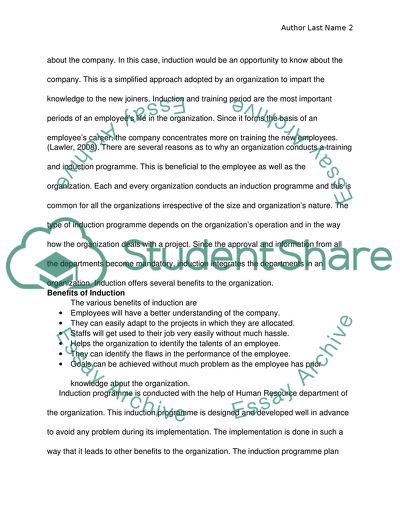Cite this document
(Accountability in Human Resource Management Coursework, n.d.)
Accountability in Human Resource Management Coursework. Retrieved from https://studentshare.org/human-resources/1744924-cipd-m2
Accountability in Human Resource Management Coursework. Retrieved from https://studentshare.org/human-resources/1744924-cipd-m2
(Accountability in Human Resource Management Coursework)
Accountability in Human Resource Management Coursework. https://studentshare.org/human-resources/1744924-cipd-m2.
Accountability in Human Resource Management Coursework. https://studentshare.org/human-resources/1744924-cipd-m2.
“Accountability in Human Resource Management Coursework”, n.d. https://studentshare.org/human-resources/1744924-cipd-m2.


